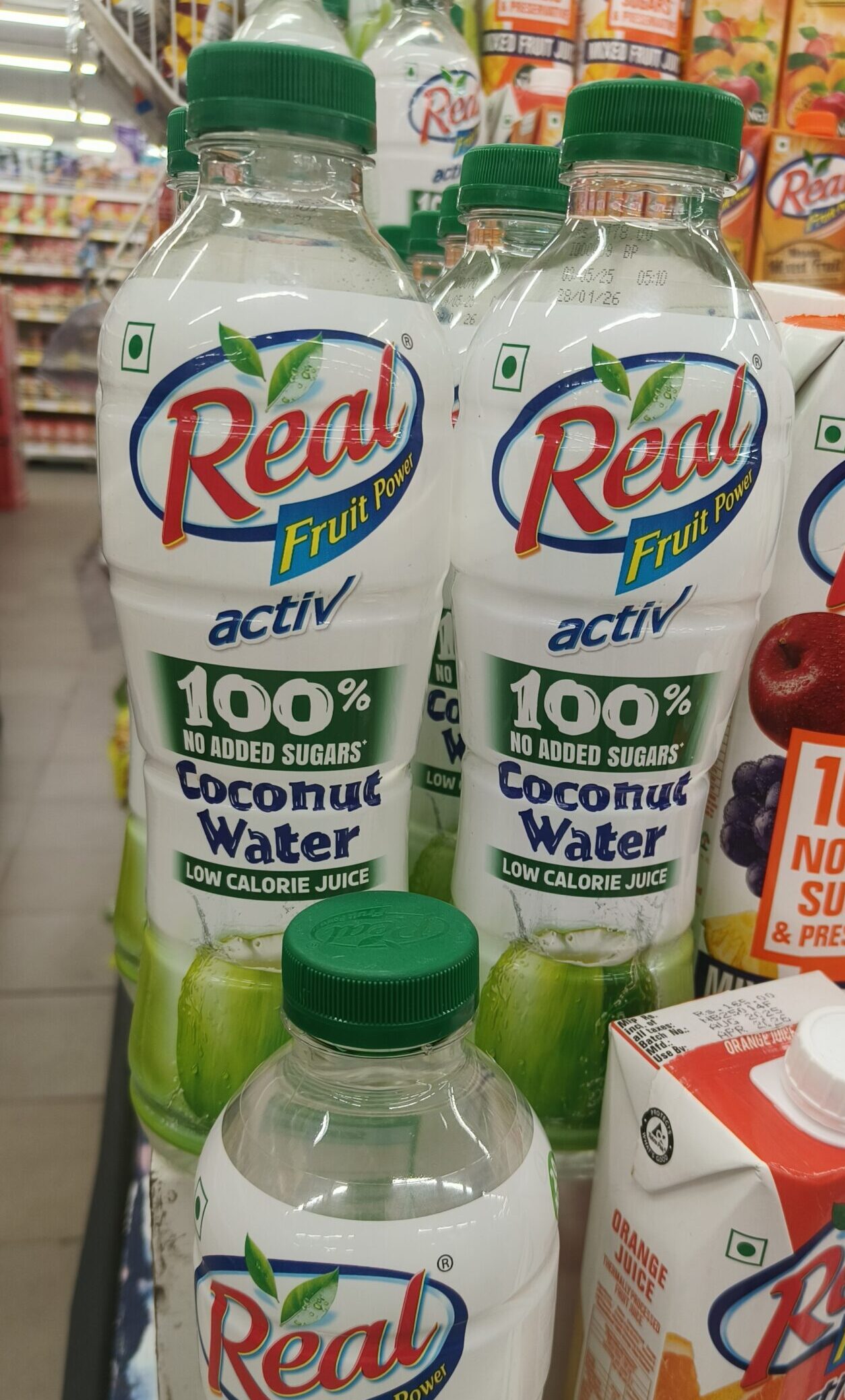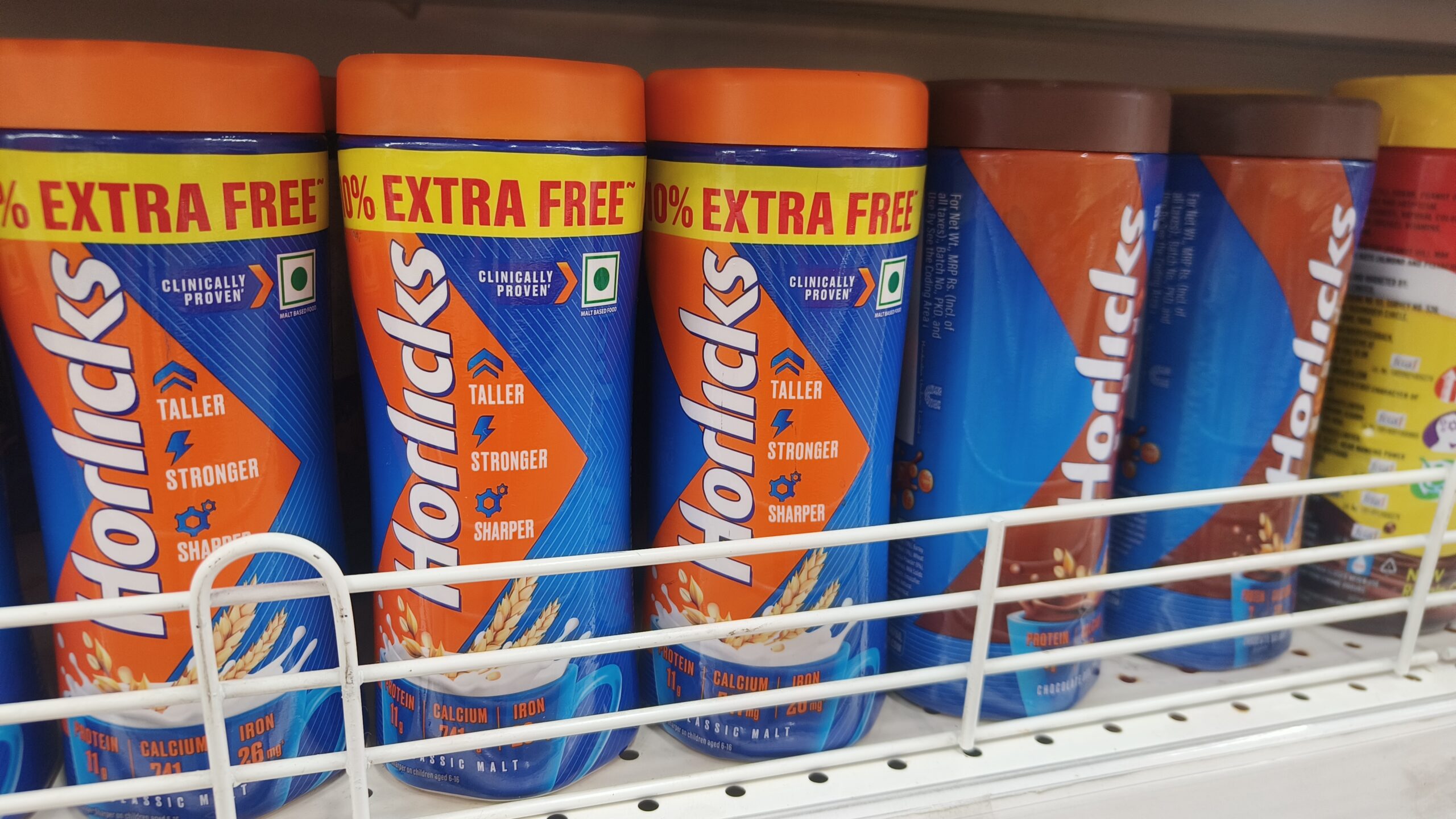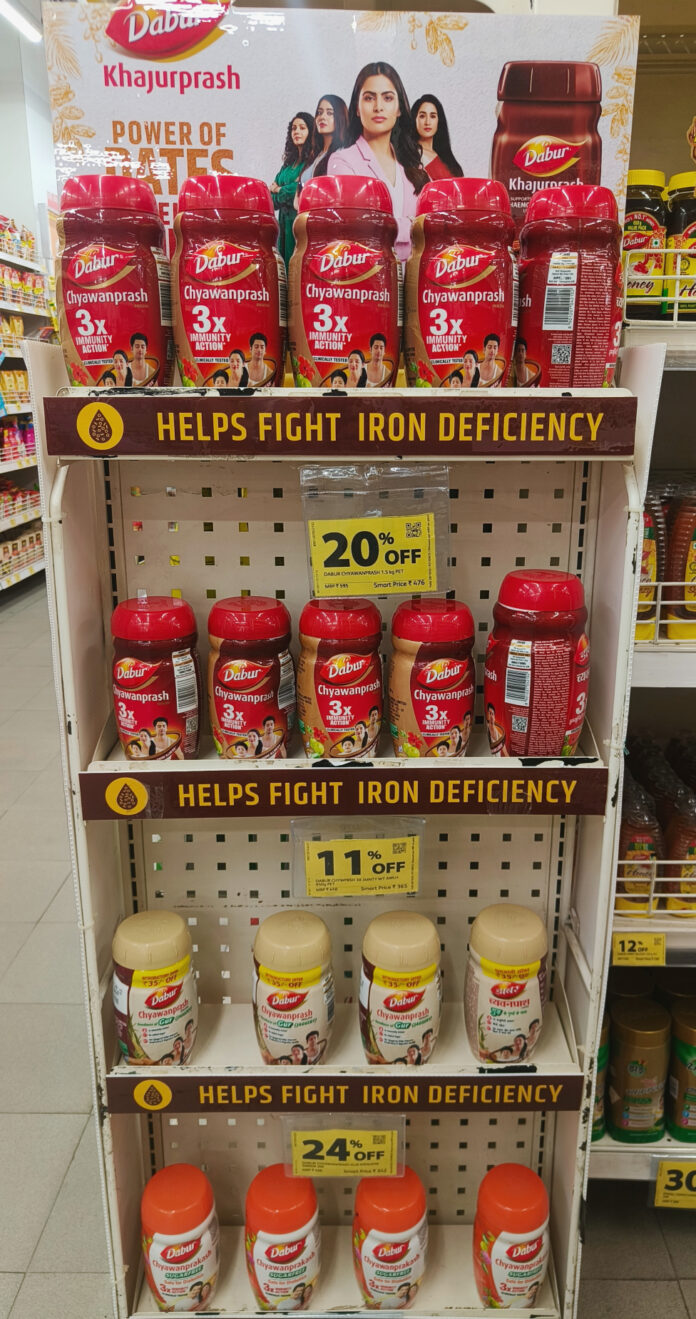Some seventeen years ago, Packaging South Asia had sensed the rise of shrink sleeves as a piece of prime real estate that marketers were increasingly using to send across brand messages in a bid to grab the customer’s attention and retain a piece of his mind-share.
In a long and detailed article on shrink sleeves in May 2008, packaging expert Deepak Manchanda wrote how the fierce frenzy with which brand-owners seek to reach out and attract more and more customers to their products from the shop shelves places great demand on the role of the packaging.
“Owning a piece of the mind-share of a customer, for their product, is painstakingly achieved by targeted advertising followed up by attractive packaging at the point of sale, which will communicate the winning features of the product in just a glance. This is the reason that there is a growing demand for more and more printable surfaces on packaging,” he wrote.

Seventeen years down the line, we set out to inspect the supermarket shelves to find that what he foresaw has come true. Once a niche packaging solution, brands across the spectrum — ghee, beverages, health food, and more — are lapping up shrink sleeves as an effective marketing tool.
Walking between the aisles of a retail store in the beverage section, we spotted beverage bottles, especially the new launches, packaged in eye-catching PET bottles with bright shrink-sleeve labels.
There was bottled coconut water – a beverage generally preferred to be sipped straight out of a fresh coconut. This shift in preference can be attributed to the convenience of not needing to wrestle with a coconut and just picking it out from the fridge on a hot day.
The shelf appeal is another factor — a neatly shaped bottle mostly covered in a bright white sleeve with an illustration of a coconut at the bottom, a clear brand logo, and a highlight of no added sugar. A packaging with a premium look that enables brand communication with an aesthetic appeal. That’s what shrink sleeves do.
Products such as Horlicks, Bournvita, jam bottles, Chawanprash and ghee jars were packaged with striking shrink labels that have become a go-to packaging in the labeling market — allowing brands to be bold with both the container and label design. Some of them were covered with sleeves of different colors for different flavors. Others were impactful with funky bottles or containers with an interesting or irregular shape.
Shrink sleeves offer brands a 150% increase in label space compared to traditional labels. This extra space enables brands to enhance storytelling, incorporate richer imagery, and comply with regulatory requirements.
Beyond branding, shrink sleeves function as tamper-evident seals and can bundle multiple products together, making them versatile packaging tools. Their durability further makes them ideal for products exposed to moisture, such as items in the fridge. With shrink labels, it is also possible to decorate the most complex container shapes without compromising on print quality or coverage.

Manchanda described how shrink sleeves or wraps can inject some drama and flair into everyday life, open a door to the past, or create an illusion that gradually changes into something else. “Surfaces are also about messages – of contrasts, discovery, interaction, and unexpected turns that have an impact on all the senses,” Manchanda said.
The applications are as varied as the formats of this type of packaging. For instance, we can see a full body sleeve on a jam bottle made of glass, a half-body sleeve on a PET bottle of beverages such as Maaza or Frooti, a cap sleeve on medicinal syrups, and profile cut sleeves for a uniquely shaped rigid containers such as Sugar Free, which has an hourglass shape. Others utilize cup-based shrink sleeves for ready-to-serve segments to enhance the rigidity of the container while making it lighter.
The science of sleeves
Unlike pressure-sensitive labels, shrink sleeves are printed on the inside of the film, protecting ink from external damage, sun bleaching, or scuffing. Once printed, the material is converted into cylindrical sleeves, seamed, inspected, and shipped as rolls or individual sheets. The final product tightly conforms to the shape of its container when heat is applied, strengthening it and making it suitable for uniquely shaped packaging.
As brands push for more eye-catching packaging and greater sustainability, shrink sleeves are evolving with eco-friendly materials and recycling-compatible designs. Their ability to combine tamper-evidence, versatility, and shelf presence makes them a packaging solution that continues to gain traction across industries.
The expansion of shrink packaging is fueled by rising demand for visually striking packaging and growing environmental concerns, which are prompting manufacturers to shift toward more sustainable materials, such as polyethylene terephthalate glycol (PETG).
Common materials for shrink sleeves include PVC, which is cost-effective, widely used, and has good shrink properties. Of late, however, because of environmental concerns, the packaging has shifted to PETG as a prime material, as it has excellent clarity and print quality, and is more recyclable in some waste streams. OPS (oriented polystyrene) offers high shrinkage for complex or contoured packaging, while PLA (biodegradable films) is a sustainable option under development, though recycling remains a challenge.











